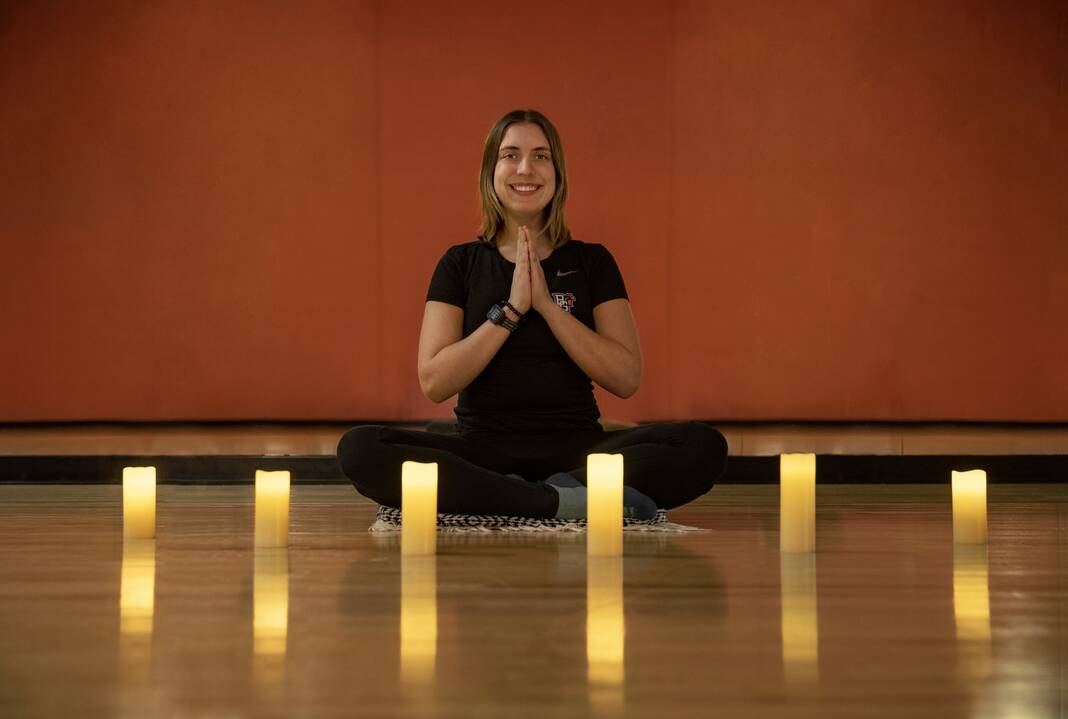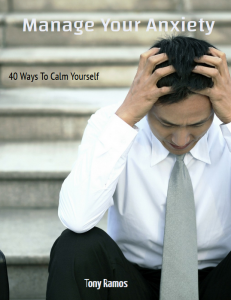
Some minorities face barriers to mental wellness
Happy Minority Mental Health Awareness Month. As I began working on this column, my daughter, who is as nosy as I am, asked what I was doing. I tried to explain that there were groups of people who aren’t treated the same way by doctors, who don’t have access to the same insurance policies, medications, etc., even though they have the same mental health conditions as white people.
She barely looked up from her iPad, but managed, “That’s not cool.”
My 8-year-old nailed it. It’s not cool or fair, and that’s why awareness months like this one are so important, especially for our diverse community, which includes 52.7% white (Hispanic), 30.4% white (non-Hispanic), 3.37% Black or African American and 2.39% other (Hispanic). This is according to City-Data.com. Another large minority is the LGBTQIA+ population.
When it comes to the Latinx/Hispanic community, mental illness is stigmatized, and the person suffering does so in silence. Also, there are many barriers that keep minorities from seeking care, such as language differences, different cultural perceptions about mental illness (stigma!), racism/discrimination, vulnerability to being uninsured and mistrust/fear of doctors and/or treatment.
Also note that 17% of Hispanic/Latinx people in the U.S. live in poverty (compared to 8.2% of non-Hispanic whites). Those who live in poverty have a higher risk of mental illness and those with mental health conditions have a higher risk of living in poverty.
Just so you know, about 18.3% of the U.S. population is Latinx; of those, 16% reported having a mental illness in the past year. That’s 10 million people — more than the number of people living in New York City, according to Mental Health America.
As for the LGBTQ+ community, 4.5% of the U.S. population identifies as such, and 39% reported having a mental illness in the past year, according to Mental Health America. That’s 5.8 million people, more than live in the state of Kentucky.
Please don’t get me wrong — being LGBTQ+ is not a mental illness, but bisexual and transgender communities have the highest rates of mental health concerns within the LGBTQ+ population. Younger members of the LGBTQ+ community struggle the most with mental health concerns of all the age groups but are resilient. One study found that LGBTQ+ people used mental health services at 2.5 times higher rates than their heterosexual counterparts. However, they are also at particular risk for experiencing shame, fear, discrimination, and adverse and traumatic events, Mental Health America reported.
Some other bothersome stats, according to Mental Health America, include:
- LGBTQ+ teens are six times more likely to experience symptoms of depression than teens who do not identify as LGBTQ+.
- LGBTQ+ youth are more than twice as likely to feel suicidal and more than four times as likely to attempt suicide compared to heterosexual youth.
- Forty-eight percent of transgender adults report that they have considered suicide in the last year, compared to 4% of the overall U.S. population.
I know I’m running out of space, but here’s some info on Black and African Americans. Mental health conditions occur in Black and African American people in the U.S. at about the same rates as in white Americans. But the historical Black and African American experience in the U.S. has been and continues to be characterized by trauma/violence more often than for their white counterparts and impacts emotional and mental health of both youth and adults. That’s so saddening to me.
Statistics:
- Black and African American people living below poverty are twice as likely to report serious psychological distress as those living more than two times the poverty level.
- Adult Blacks and African Americans are more likely to have feelings of sadness, hopelessness and worthlessness than adult whites.
- Blacks and African Americans are less likely than white people to die from suicide at all ages. But Black and African American teenagers are more likely to attempt suicide than white teens (9.8% vs. 6.1%).
There’s so much more; I wish I could include it all. If you’re curious, read “The State of Mental Health in America” at mhanational.org to find information about minority communities and mental health.
The month has just begun, so please educate others about Minority Mental Health Month (especially your children); share graphics on your Facebook page or Instagram; and destigmatize mental illness with your family and friends by talking about it openly, without judgment.
You can also share this column. Sharing is caring, I always say.
For more than 20 years, Heather Loeb has experienced major depression, anxiety and a personality disorder, while also battling the stigma of mental health. She is the creator of Unruly Neurons (www.unrulyneurons.com), a blog dedicated to normalizing depression and a member of state Rep. Todd Hunter’s Suicide Prevention Taskforce.
Mind Matters
Now more than ever we need to take care of our mental health. Guest columnist Heather Loeb discusses why and explores other important mental health topics in this special series.







